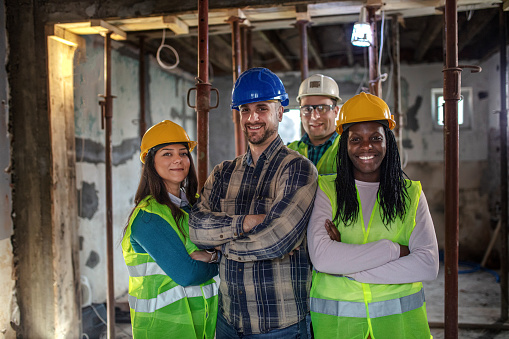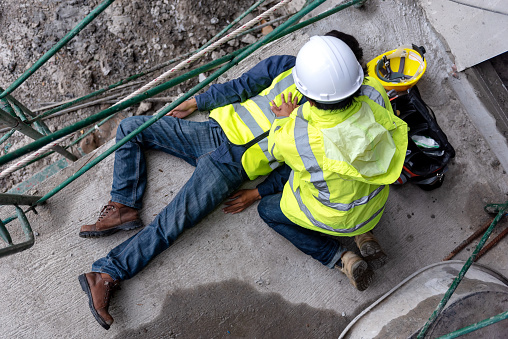Promoting Safety With a Multilingual Workforce

Employers need to consider cultural backgrounds
The racial and ethnic diversity of the population increases every year in the United States, and with that comes an increase in the number of multilingual workforces. Although having a diverse group of workers is beneficial in many ways, some of these workers may not speak English. Studies published in Safety and Health Magazine show that in companies with less than 50 workers, only 37.5 percent of supervisors spoke the same language as immigrant workers.
This raises a concern when it comes to the health and safety of these workers. Misunderstanding safety protocols and miscommunication with other workers and management all come into play when there are language barriers. Sadly, those barriers often lead to preventable workplace accidents.
How to avoid language barriers
It is up to employers to make resources available to non-English-speaking employees. This may seem unnecessary when things like Google Translate exist, but online tools aren’t always perfect, and often, they can make communication more confusing. Online tools can be great at translating things word for word but don’t take into account sentence structure, grammar, and different dialects.
Having an in-person translator is a great first step toward clearer communication in the workplace. Simply having a translator who speaks, reads, and understands the same language may not be enough, as dialects bring further complications. For instance, one word could have two different meanings depending on cultural background.
Training non-English-speaking employees
Training workers who don’t speak English is crucial for their safety. Effective training, according to Chron, covers operation instructions, emergency procedures, company policies, regulations, and safety procedures. Training should be delivered slowly, repeatedly, and in simple terms. A translator and other resources in a worker’s native language can be a huge help.
Construction Regulatory Alert and the National Federation of Independent Business (NFIB) advise tips and extra training steps to help ensure all workers fully understand the ins and outs of the job and company, regardless if they speak a different language:
- The law. The Occupational Safety and Health Administration (OSHA) requires all employees to be provided with safety training in a language they understand.
- Demonstration. Everyone has different learning styles and sometimes words are just not enough. To help employees fully understand, demonstrations make it easy for workers to simply watch, follow along and copy what they see.
- Simplicity. To avoid confusion, train with simple words and materials. Avoid advanced terminology that could be confusing in any language.
- Visuals. Images are more universal and can speak louder than words. Signs, posters, and videos are great ways to spread information.
Protecting the rights of ALL workers
No matter where you were born or what language you speak, you deserve to be safe while on the job. You also deserve to know your legal rights if you were hurt at work.
That’s why if you suffered a workplace injury, you should talk to an experienced workers’ compensation attorney as soon as possible to get a clear understanding of all your available options.
You may be entitled to compensation for your medical bills and a portion of your lost wages, but the only way to know for sure is to contact a workers’ compensation lawyer in your area to review your case.
At the Law Offices of Deborah G. Kohl, we’re proud to serve as aggressive advocates for injured workers in Massachusetts and Rhode Island. Let us go to work for you and fight for the outcome your case deserves.
Contact us today to schedule a free consultation.

